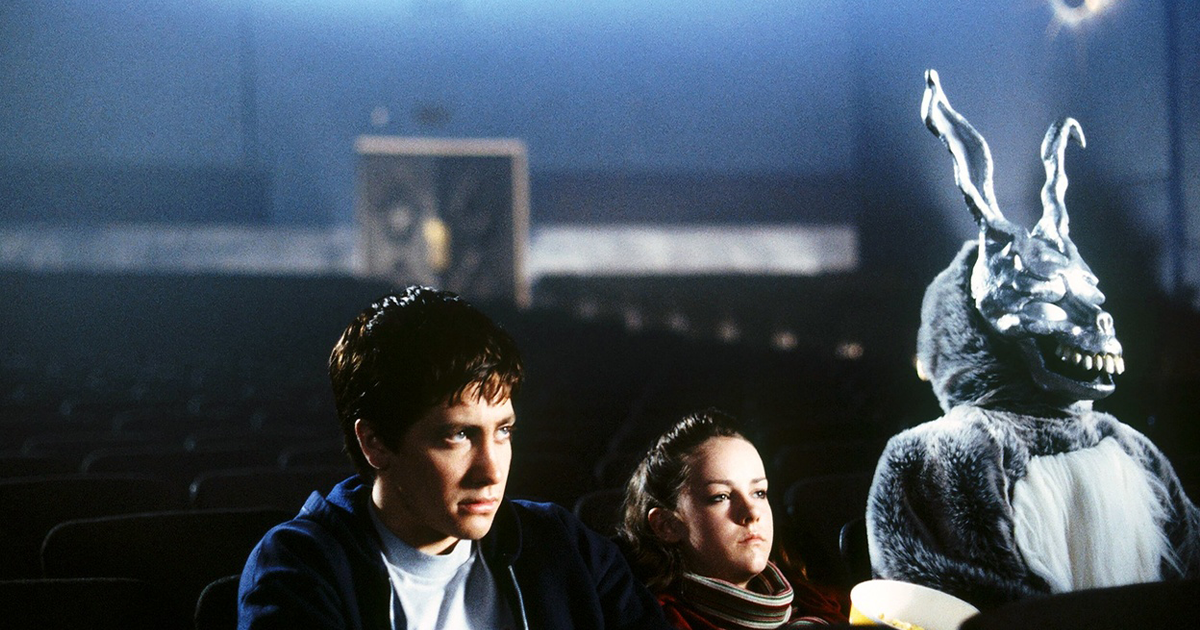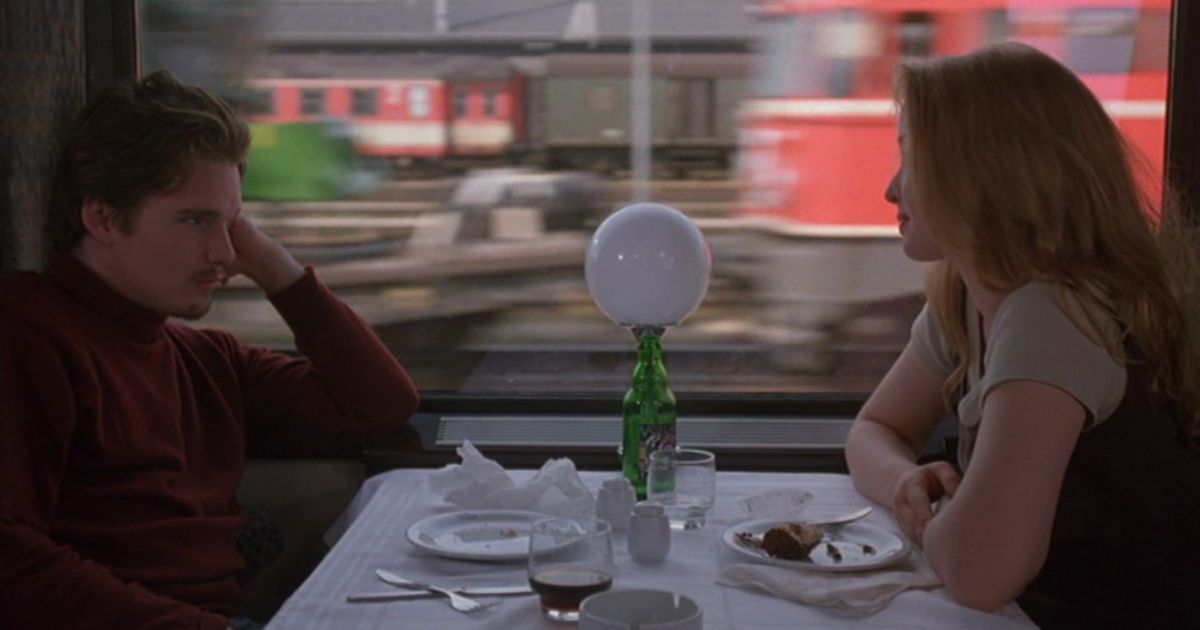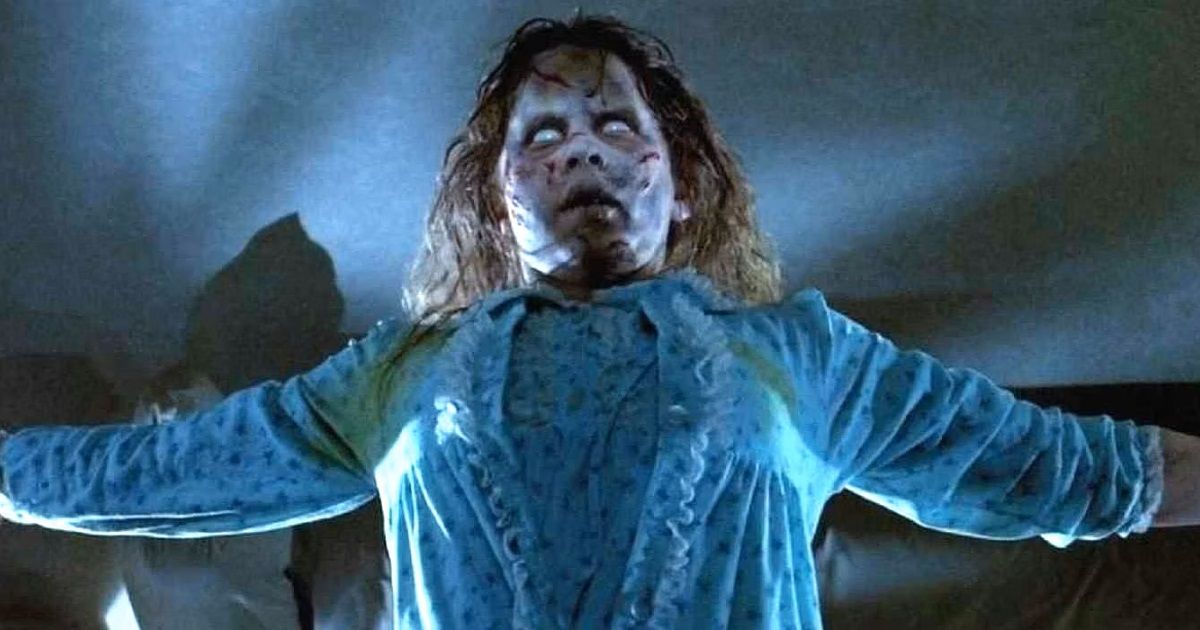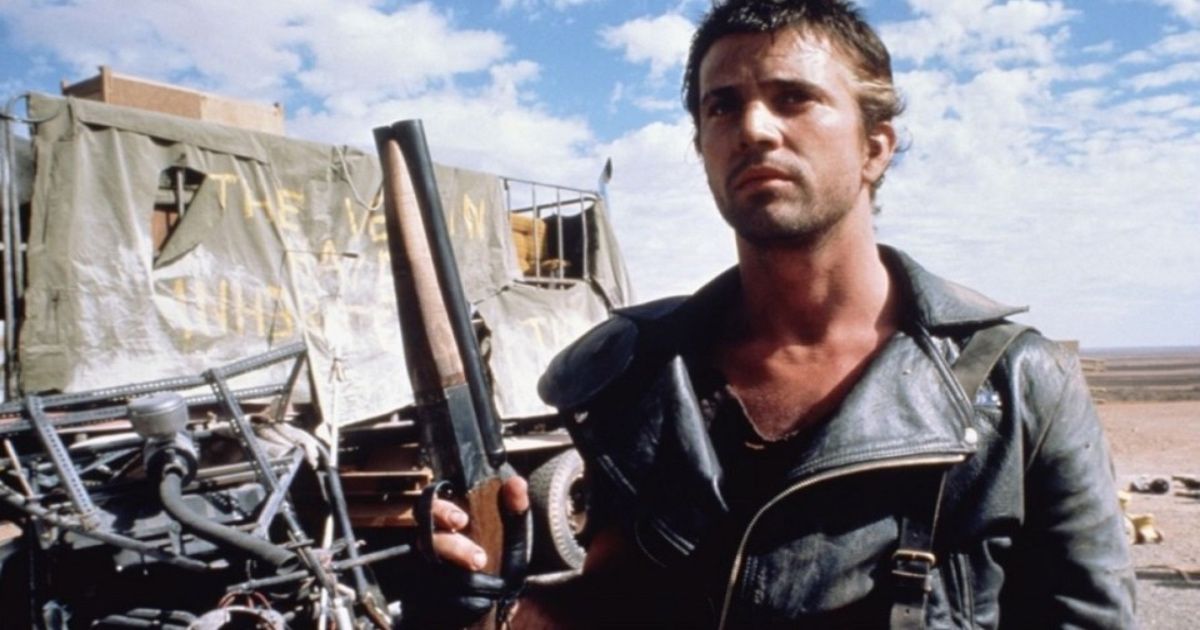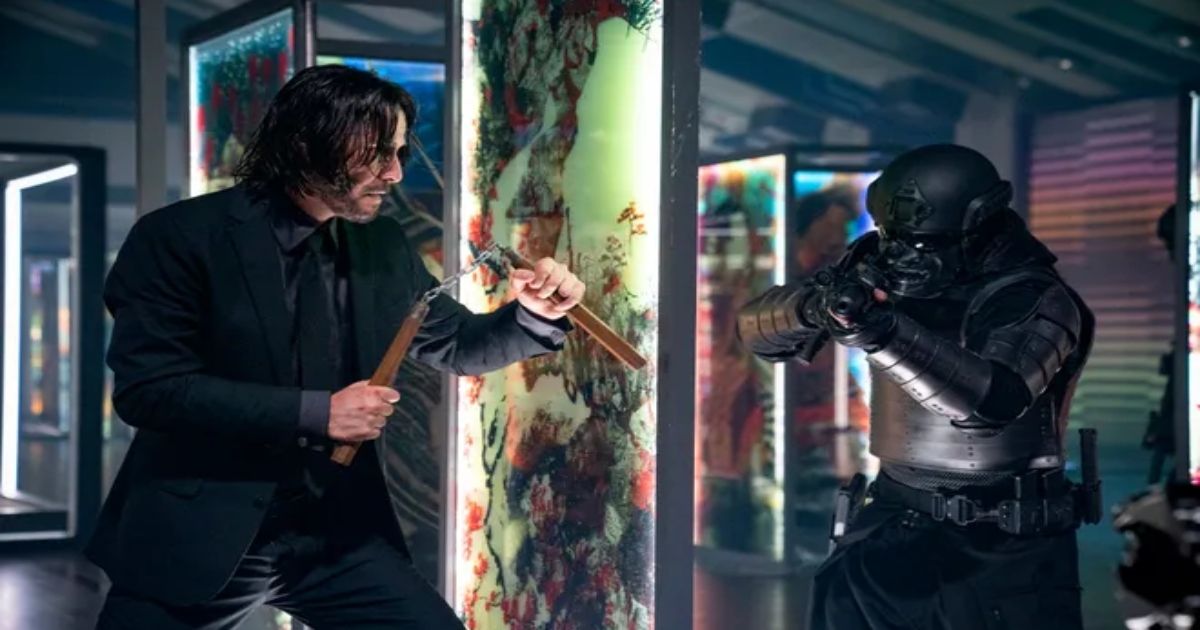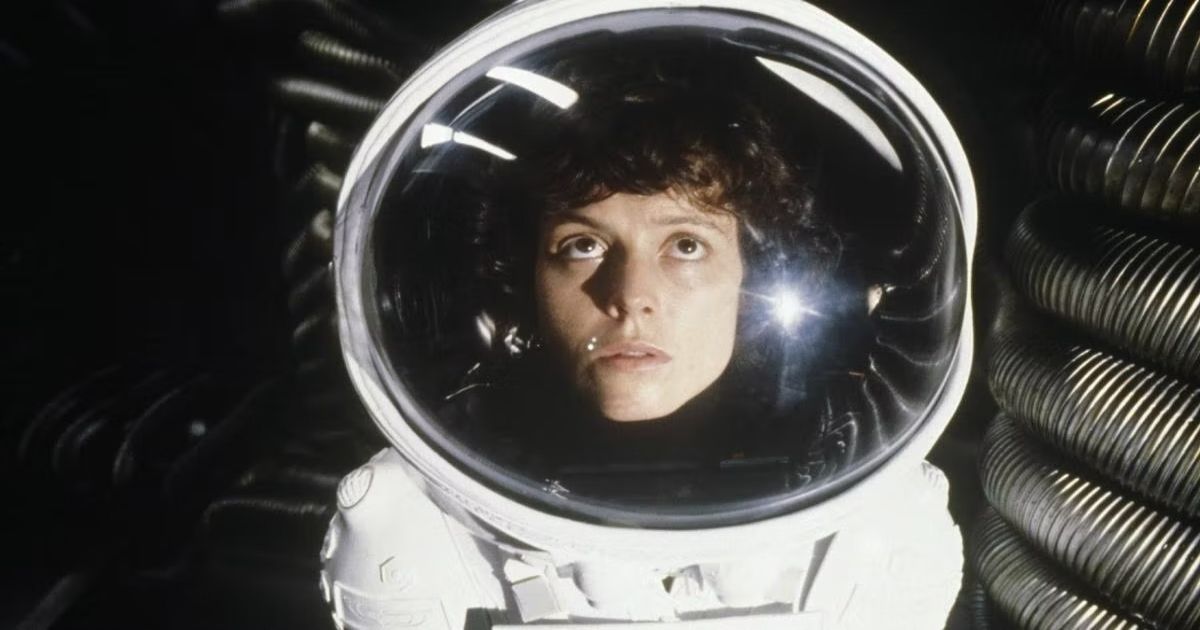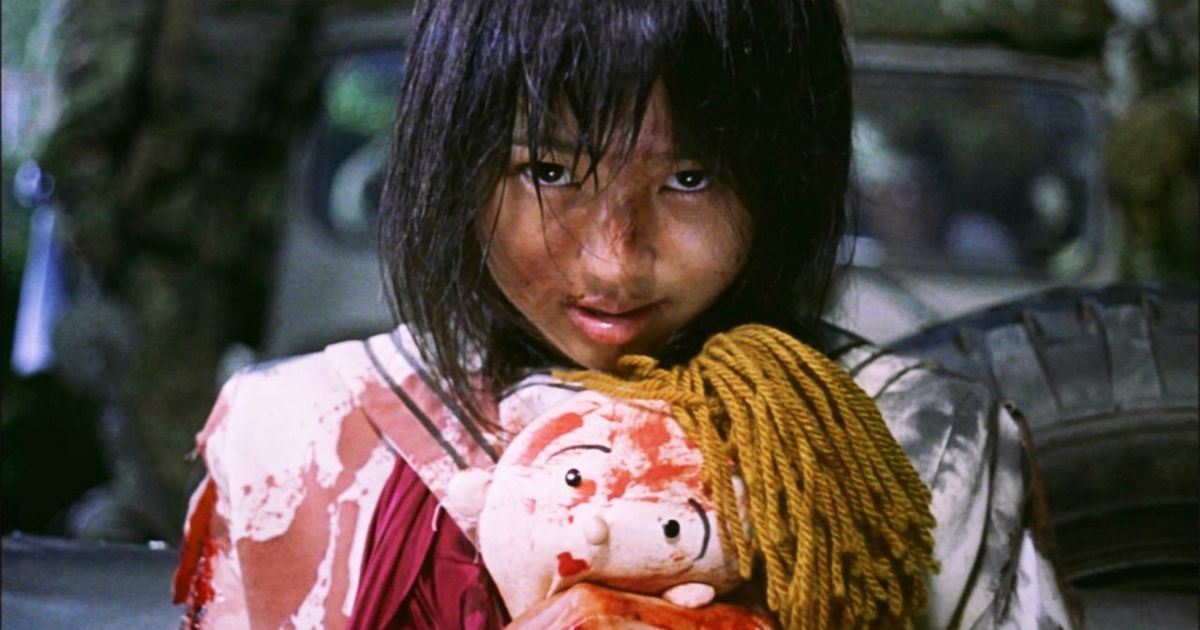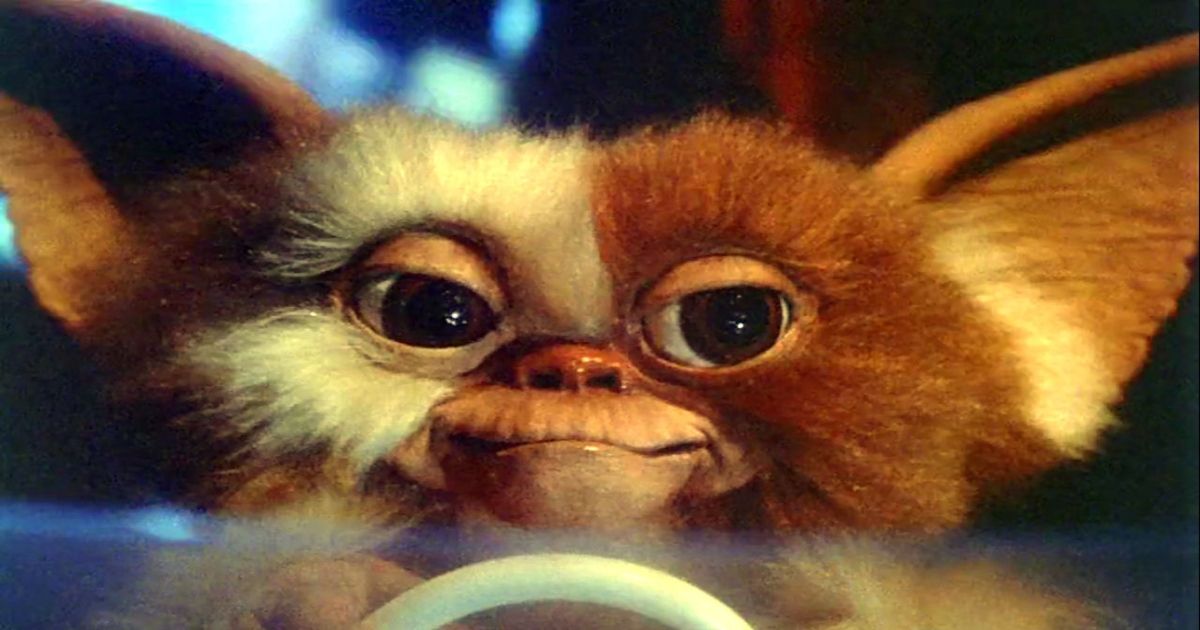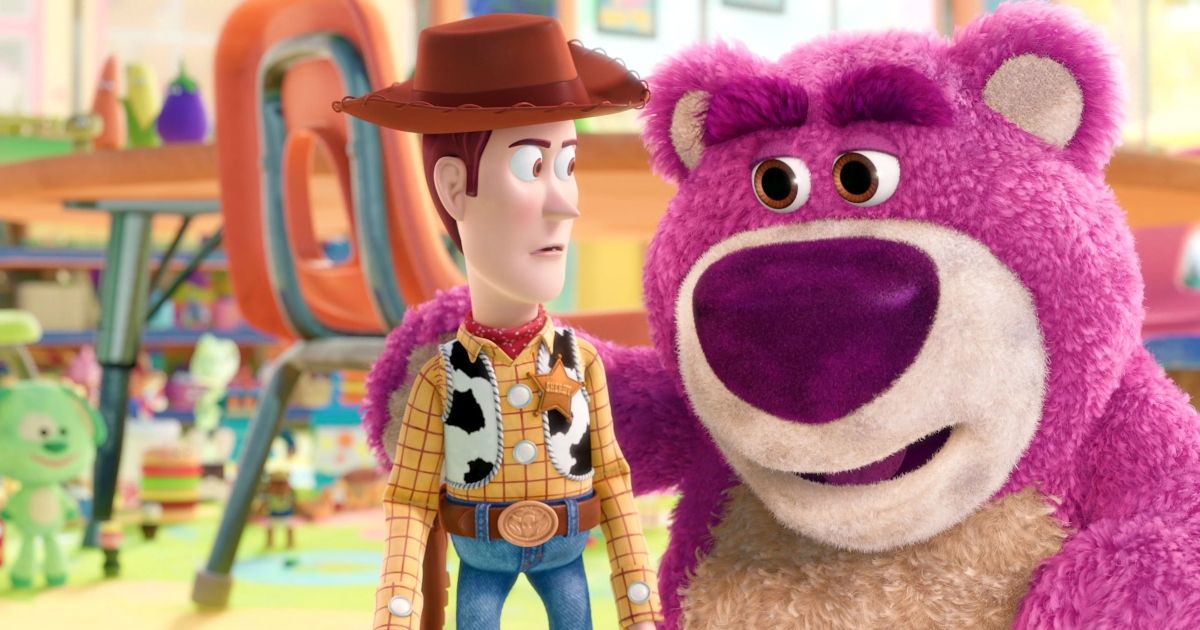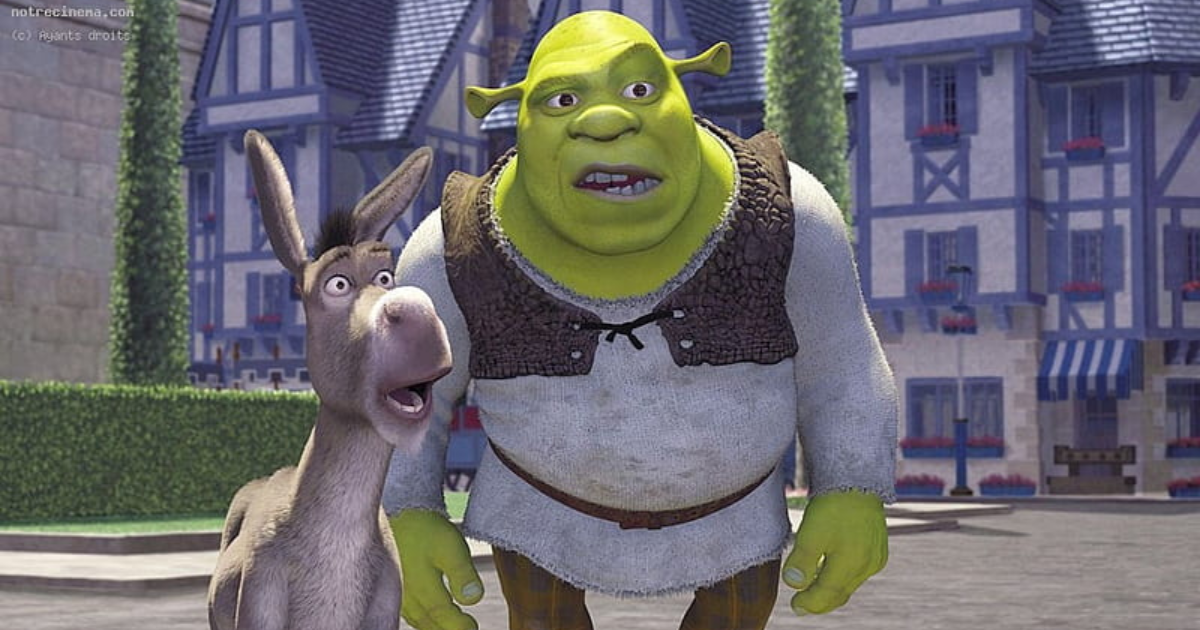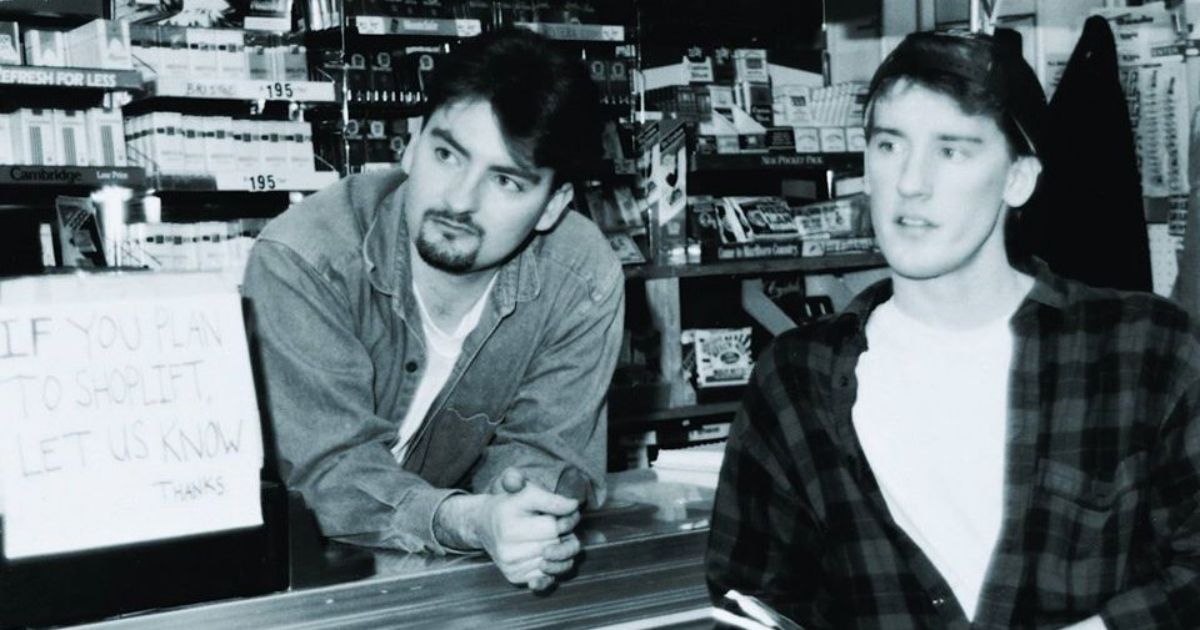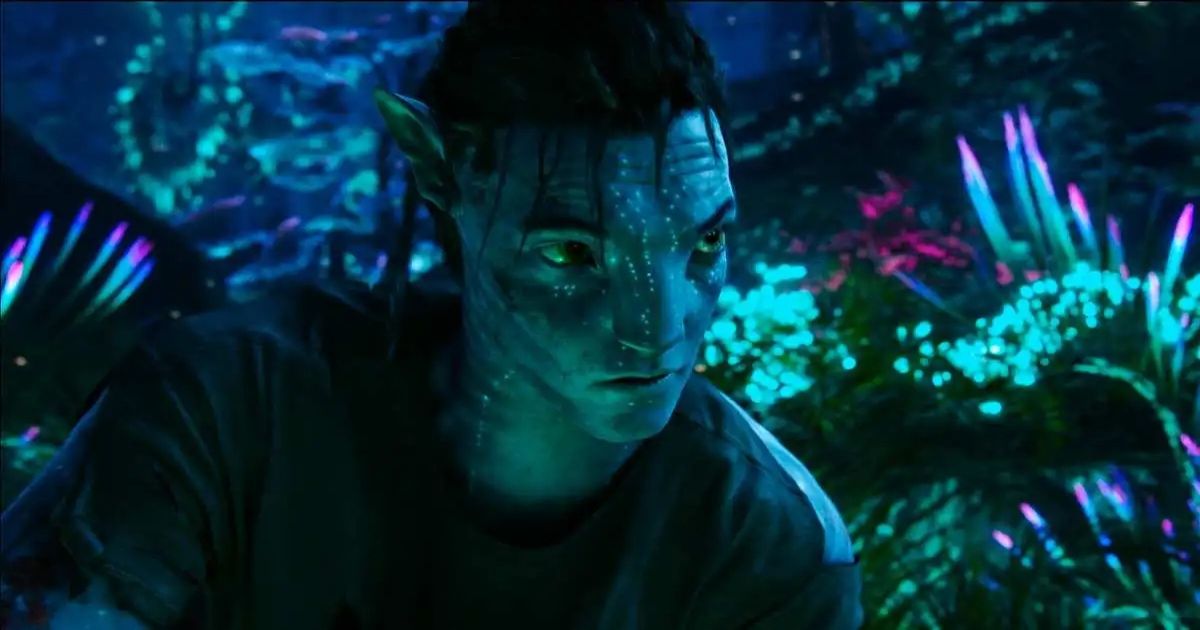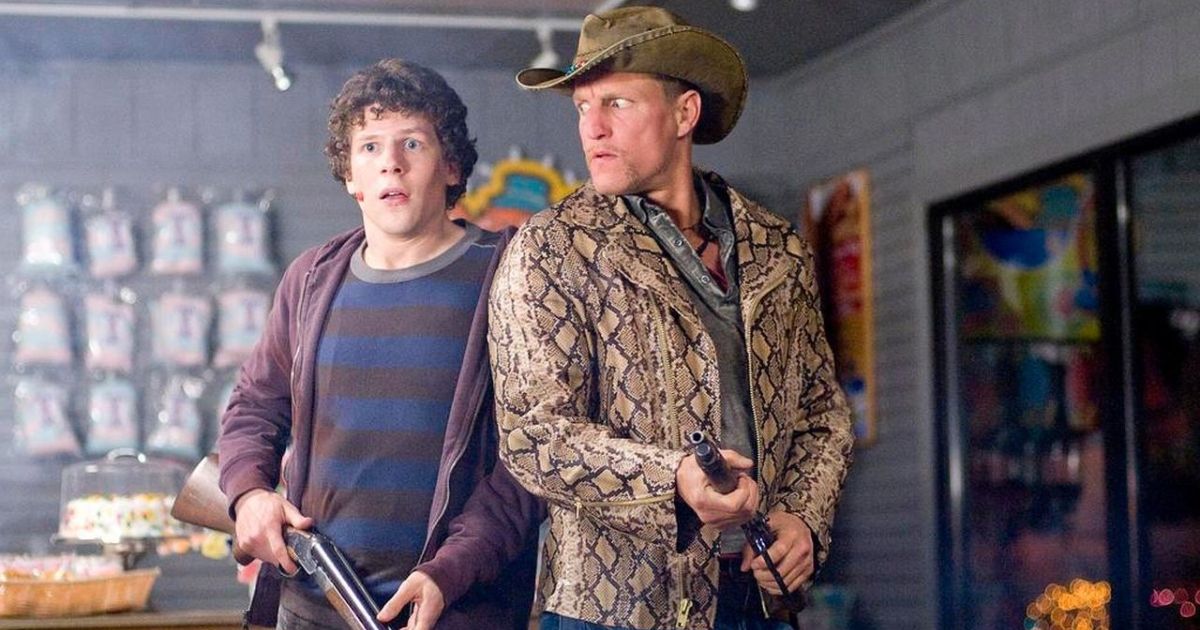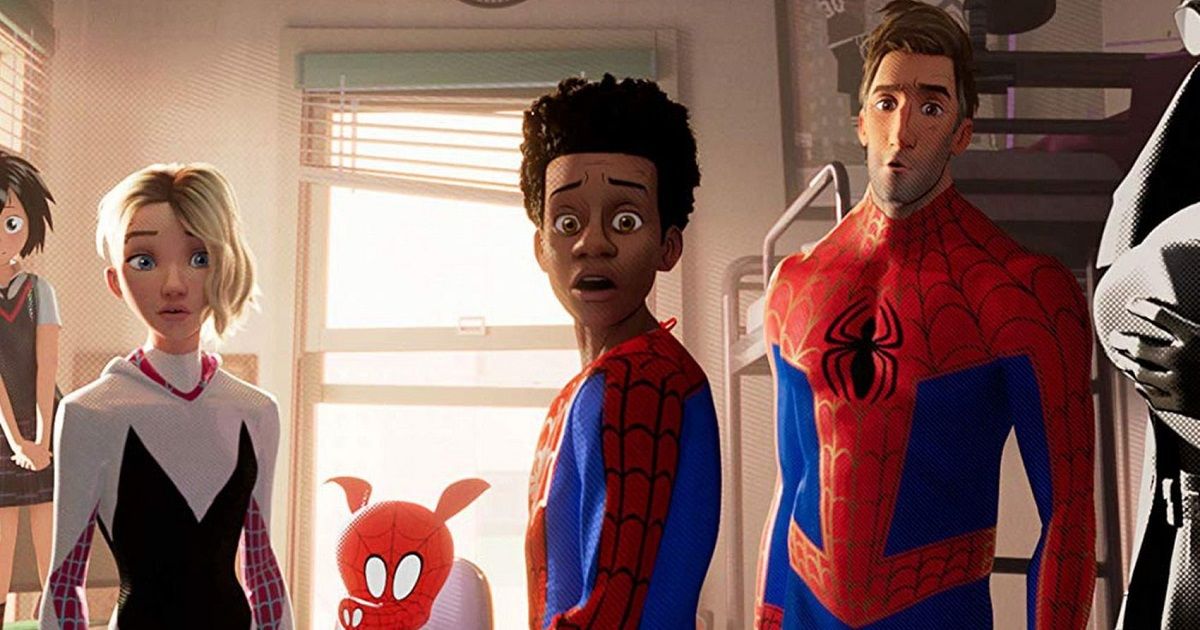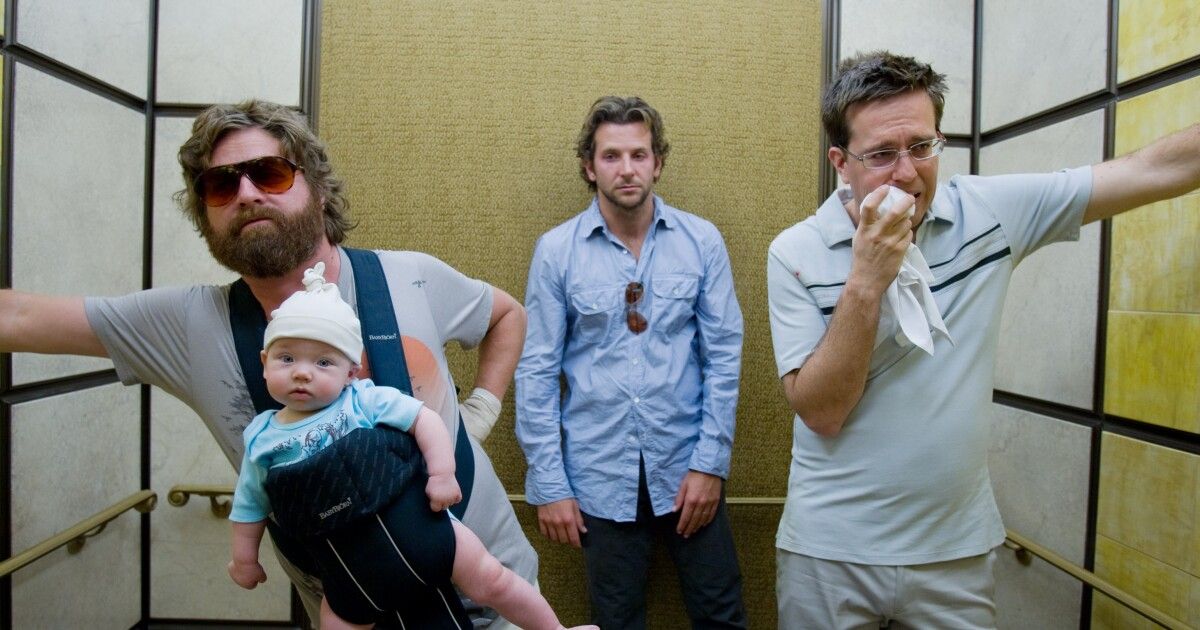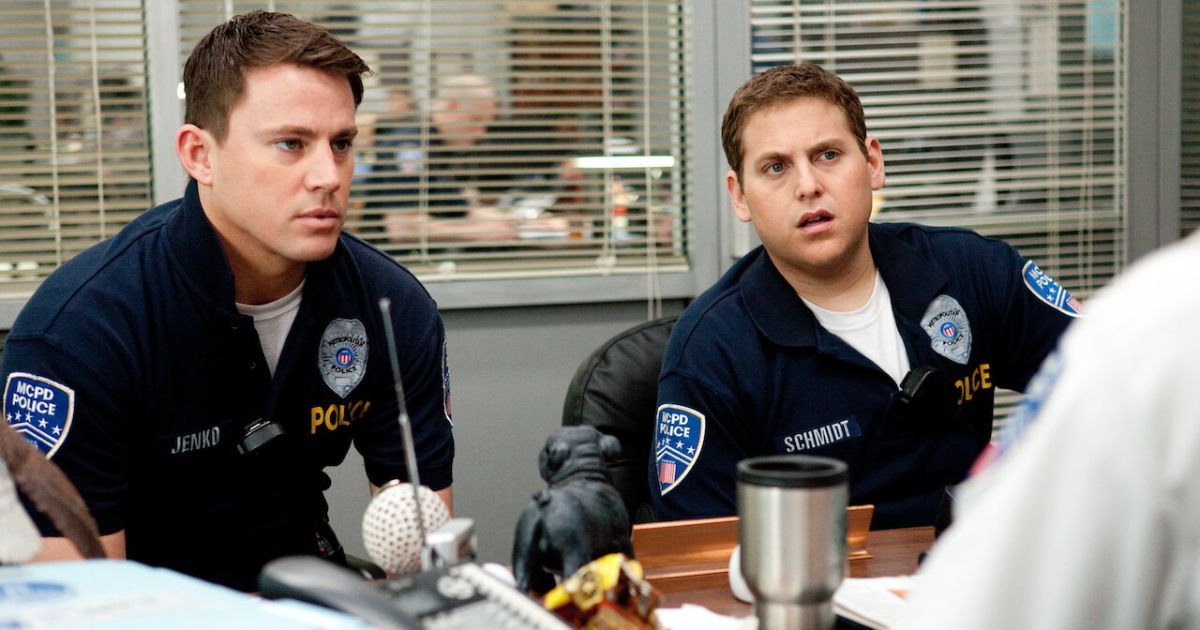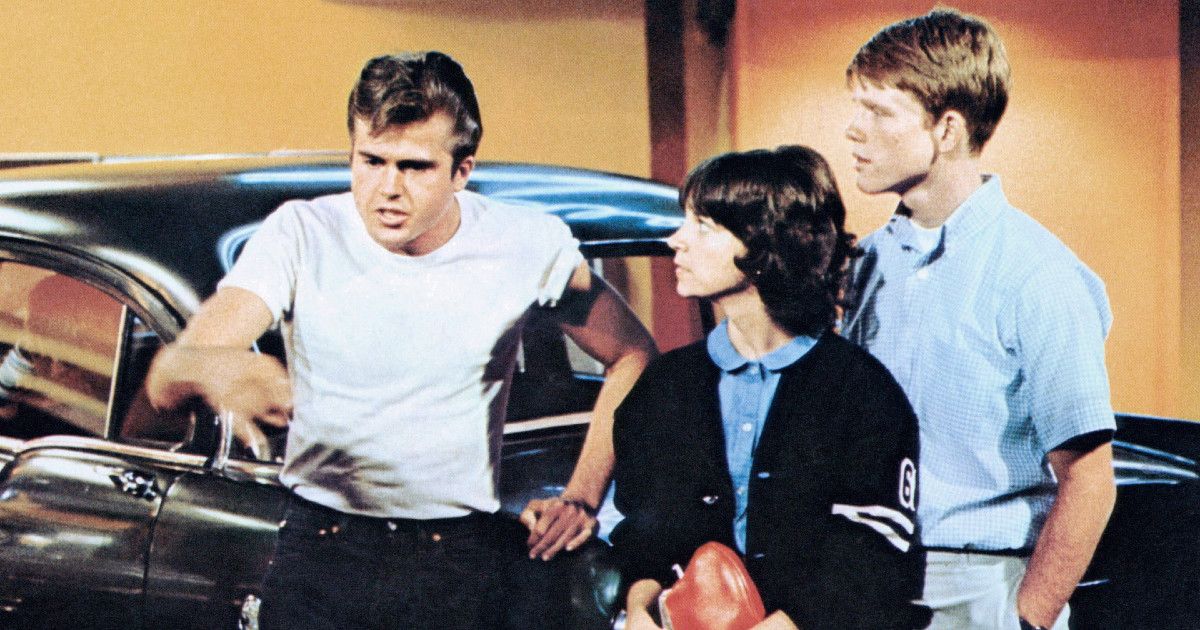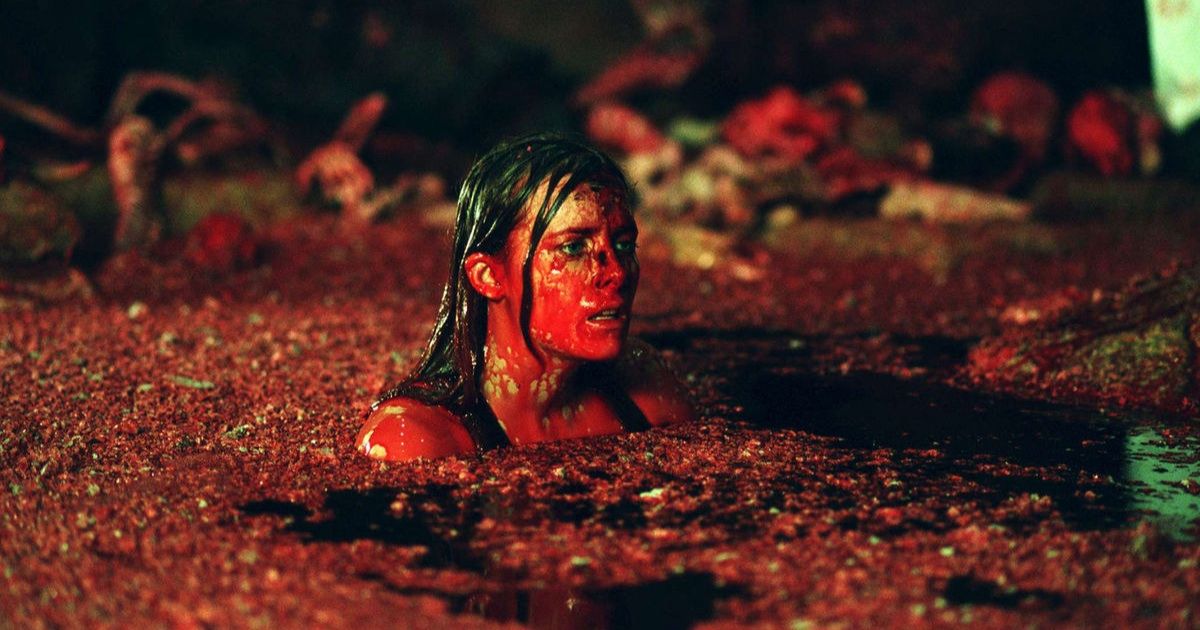There’s an argument to be made that the film industry finds itself in a cyclical state, perpetually looking back at older gems and finding a way to bring them back. While the idea of reviving successful movies and franchises sounds good on paper, it usually ignites heated discussions about the real purpose behind sequels: is it just for the money, or was there really a plan for a long-lasting story? More importantly, is there something worth telling, or is the nostalgic appeal the only aspect that lives on?
Top Gun: Maverick might be the perfect example of a perfect legacy sequel nobody asked for. The first movie delivered an epic conclusion to Tom Cruise’s character, yet the legacy sequel manages to effectively balance nostalgia with generational shifts, successfully renewing strong character arcs and an iconic story by introducing new characters and addressing modern problems. To better understand the importance of sequels, it’s important to look back into both the memorable and forgettable ones. Here are 10 movies that needed sequels and 10 that didn’t.
Needed: Paddington (2014)
Paddington revives the sweet taste of innocence of old classics such as Winnie the Pooh, Peanuts, and Moomin, but aims at something brand new by following the charismatic Paddington in the busy city of London. There are no magical creatures, fairy lands, or mystical powers in sight, yet the young Peruvian bear manages to make the most of anything as he searches for a new home.
The first movie perfectly sets up the heartwarming relationship between Paddington and the Brown family with great character development and plenty of amusing moments to chew on. Furthermore, Paddington’s contagious cheerfulness in a city full of greedy, bad-tempered inhabitants opens the door for a great sequel. Unsurprisingly, Paddington 2 is regarded as a major step up and established the character as one of the sweetest creations of the 21st Century.
Didn’t Need: Donnie Darko (2001)
Regarded as a mind-bending experience that dives into complex sci-fi themes, many people forget how Donnie Darko is also a brilliant coming-of-age movie on the surface. The cult film revolves around Donnie, who witnesses a series of strange events and is haunted by a giant bunny rabbit after escaping a near-death experience. Donnie Darko‘s trump card is not giving away any easy answers, letting the viewers come up with their own theories about the visions that Donnie experiences.
Exploring elements such as time travel and parallel worlds, the movie triumphs with an ambiguous ending that challenges the audience to see beyond what’s shown onscreen. On the other hand, S. Darko, the infamous sequel that follows Donnie’s sister, an irrelevant character in the first movie, doesn’t succeed as a teen drama and is also fully committed to giving all the wrong answers to questions that should’ve been left open in the first place.
Needed: Before Sunrise (1995)
Before Sunrise portrays a lifetime of romance in a single night, which, in theory, should be the perfect purpose for a standalone movie. What starts as a chance encounter on a train evolves into a moving love story as Jesse and Céline jump off the train together to enjoy a night in Vienne before going their separate ways in the morning after. The ambiguity of the couple’s promise as they plan to meet again six months later is the perfect way to end the story.
However, Before Sunrise is directed by Richard Linklater, one of the best filmmakers when it comes to capturing the fragility of time onscreen. The need for a sequel is understood only nine years after the first film, when Linklater brings Jesse and Céline back for another chance encounter, this time as mature adults with different preoccupations and perspectives of life.
The second movie offers a similar dialogue-heavy narrative and an insightful discussion about whether Jesse and Céline’s love managed to endure the passing of time. By remaining faithful to the characters and delivering a proper conclusion to the couple, Linklater establishes Before Sunset as a memorable sequel and even justifies the possibility of a third movie, released nine years later.
Didn’t Need: The Exorcist (1973)
The original Exorcist is a horror masterclass from William Friedkin, one of the most important American directors of all time. With a chilling atmosphere from beginning to end, the film takes the possession trope to unbelievable extremes as Father Damien runs against time to save a little girl from an ancient demon. One of the reasons The Exorcist is so relevant to this day is how perfectly it works as a standalone movie. The horror genre tends to heavily rely on ambiguous conclusions in order to keep the “unknown” as an effective fear-inducing tool.
On the other hand, The Exorcist perfectly deals with its supernatural threat without giving away too much, maintaining a good balance between horror sequences and character development. With the strong sense of fulfillment the movie offers at the end, it’s difficult to imagine how a direct sequel could work. While The Exorcist II – The Heretic completely fails to deliver a compelling story, the third movie has a loyal fanbase because it takes advantage of the first film’s standalone nature, without renouncing the symbolism and themes that make the franchise unique.
Needed: Mad: Max (1979)
The first Mad: Max suffered from too small of a budget for too big of an idea. Even with such limited resources, George Miller managed to create a unique dystopian world: roads swept by violence and despair, where gasoline and scraps are more precious than life and no one can be trusted. Amidst it all, Max rampages across the decaying landscape as an army of one in search of revenge.
The low-budget film struck gold at the box office, turning a $350,000 budget into a staggering $100 million revenue. The success enabled Miller to further explore his post-apocalyptical world; Mad Max 2 would bring depth to its main character and better develop the mythology around the road and the cars, which gained mind-blowing designs and offered unbelievable action sequence in the sequel.
Didn’t Need: John Wick: Chapter 4 (2023)
John Wick thrives as one of the most consistent franchises of the 21st Century, increasing the level of danger and the number of enemies chasing the ruthless John Wick with each movie. The fourth movie, John Wick: Chapter 4, offers a satisfying ending to John Wick, and seemingly puts his legacy to rest. To deal with the exorbitant amount of enemies on the hitman’s heels, director Chad Stahelski delivered plenty of inventive scenes, including a top-down action sequence that feels as if it came straight out of a video game.
The result is an epic achievement that reinvents the action genre while bidding farewell to an iconic character. Or so fans thought. John Wick: Chapter 4‘s emotional ending loses all its power with the announcement that a fifth John Wick film is in the works amid the writer’s strike.
Needed: Alien (1979)
Ridley Scott’s Alien not only introduces one of the most iconic villains in pop culture, but also one of the best heroines of any sci-fi horror. Sigourney Weaver perfectly understands the assignment as Ellen Ripley, a warrant officer forced to go to unbelievable extremes after a deadly alien creature seizes the spaceship she’s in. In under two hours, Alien builds a perfectly harrowing atmosphere as Ripley tries to outsmart the mysterious enemy she’s facing.
The first Alien is a straight-up horror film that influenced many slashers to come, mainly focused on survival. However, the distinctive creature design leaves the audience wishing to know more about the Xenomorphs, and Weaver’s onscreen power ensures a comeback will be effective. The result is another masterpiece, this time directed by James Cameron and more focused on the sci-fi aspects of the story, much more ambitious in terms of character development and explosive moments.
Didn’t Need: Battle Royale (2000)
Before other popular battle royales such as The Hunger Games and The Hunt came out, Battle Royale shocked the world with a violence-packed story involving teenagers. Set in a dystopian Japan, a class of 42 ninth-grade students are kidnapped and forced by the oppressive government to kill each other until there’s only one left.
The point of battle royales is precisely to fight the banalization of violence; the main characters are determined to destroy the system, and whether they thrive or not in the end, they would rather die for what they stand for rather than give in to an oppressive ideal. In the case of Battle Royale, which delivers a jaw-dropping ending and a powerful political message, all the film’s best intentions lose their meaning when a sequel brings another round of disturbing violence. Even with the creators’ attempt to restructure the “game” in a more political approach, the lack of a purpose prevents Battle Royale II: Requiem from sticking the landing.
Needed: Gremlins (1984)
Gremlins is an excellent horror comedy that pushed the limits of its PG-rating, forever changing how movies are rated and influencing a bunch of trash 80s movies that benefited from the recently created PG-13 rating. After all, it’s not every movie made for kids that delivers a scene featuring a tiny monster getting blown up in a microwave.
Besides the effective use of horror in a laid-back Christmas story, Gremlins offers one of the most creative narratives of the 80s, introducing a creature that can be both the world’s cutest pet and a deranged monster. At the end of the day, the chaos that the Gremlins bring to a small Pennsylvania town leaves room for more ambitious ideas, and it was just a matter of time until a producer came up with a proposal to bring the little crazy monsters to a big city such as New York.
Didn’t Need: Toy Story 3 (2010)
Toy Story 3 proved that the Toy Story franchise was much more a tribute to childhood than simply a movie about toys. The first two movies illustrate the perfect child fantasy by introducing toys that come to life, exploring all sorts of playthings and children’s trends while introducing a set of engaging characters: the stubborn, yet thoughtful Woody, the innocent Buzz Lightyear trying to find who he really is, and so on.
The third movie offers a heartwarming closure to the arc of Andy’s toys while portraying the cycle of growing up as something inevitable, but delicate. The final scene is an absolute tear-jerker, and although it hints at a new cycle for Woody and his friends, the ambiguity of their fresh start is much stronger than actually starting from scratch. The possibility of Toy Story 4 was enough to cause controversy after such a satisfying conclusion, and the way the fourth movie focuses almost entirely on Woody doesn’t make it all that different from a straight-up spin-off such as Lightyear.
Needed: Shrek (2001)
Shrek is a once-in-a-lifetime kind of project in which every character, even the small ones, gets a chance to shine. Despite most of the characters being loose adaptations of well-known bedtime stories, they all have original traits that make them so unique in the Shrek universe, from Pinocchio to Puss in Boots. Shrek appeals to literally any audience, reuniting every child’s favorite fairy tale character while crafting a sharp satire of the overdone tropes many adults grew up with such as the charming prince and the damsel in distress.
The first film is a perfect introduction to engaging characters such as Shrek, Donkey, and Princess Fiona, but there had to be a second movie to further develop the friendship and love that tied the fate of these characters together. The result is an even more ambitious film that adapts new bedtime stories and introduces a range of other hilarious characters including Puss in Boots, who got his own spin-off franchise.
Didn’t Need: Clerks (1994)
Clerks established Kevin Smith’s acid sense of humor through a series of hilarious vignettes that happen in and around the convenience and video store where Dante and Randal work. The film’s mythology revolves around the two characters bored to death as they try to deal with peculiar customers and the misery of their social lives.
Clerks turns the monotonous environment of a small store into a compelling scenario, and although the chemistry between Dante and Randal and the many memorable recurring characters grant memorable moments, the microhabitat created by Smith would work better in a sitcom than in a series of movies. The first movie is essentially about nothing, but delivers a hilarious punch line at the end that ties the whole narrative together. Bringing a sequel to life feels like trying to extend a joke when the listeners are no longer laughing.
Needed: Avatar (2009)
Avatar challenges the audience to think outside the traditional scope of cinema, revolutionizing visual effects and bringing a good bunch of pioneer techniques that would be improved throughout the years. While one could argue that the base story of Avatar takes advantage of multiple overdone sci-fi and fantasy tropes, there’s no denying that James Cameron meticulously crafted a distinctive universe and a new fascinating culture. Although the characters might seem one-dimensional at first, whenever they get themselves tangled up with the Na’vi culture their distinguishable traits come to light.
The first Avatar is a beautiful world-building exercise, but it only explores a portion of what Pandora has to offer. A sequel not only brings depth to such a rich, creative world, but also plays with new inventive techniques that result in a singular cinematic experience.
Didn’t Need: Zombieland (2009)
On paper, the idea of a Zombieland sequel coming out 10 years after the first film doesn’t seem so bad; after all, the overdone zombie subgenre urgently needs an incentive for original stories. Back in 2009, the first movie effectively balanced comedy with well-crafted horror sequences, nailed its meta references with an outrageously hilarious segment featuring Bill Murray playing himself, and most importantly, introduced four completely distinguishable characters who formed an engaging and believable bond.
A Zombieland sequel would only work if it understood that times have changed, not only for the zombie genre but for the characters that return to the screen one decade later. However, what fans got was a movie that desperately tries to be a follow-up of the first, becoming a satire so close to the things it pokes fun at that it ultimately turns into the joke itself.
Needed: Spider-Man: Into the Spider-Verse (2018)
Spider-Man: Into the Spider-Verse completely reshaped the scenario of animation in film, blending 2D and 3D animation and a range of inventive techniques that resulted in both a compelling narrative and a visually stunning masterpiece. By winning a bunch of awards and succeeding expectations at the box office, the film was practically guaranteed to get a sequel. However, the passion and hard work put into the project is what really sold the fans for a trilogy.
Although the first movie’s major conflict seemed to be solved, Spider-Man: Into the Spider-Verse didn’t fully jump into the concept of the Multiverse. Additionally, Gwen and Miles’ relationship was far from being finished, and a time away from each other certainly made their heart grow fonder. For this reason, Spider-Man: Across the Spider-Verse is an instant success, nailing its nostalgic appeal even with only a 5-year gap since the first movie, bringing such a vast, yet equally compelling set of characters back and delivering new impressive animation styles that perfectly illustrate the concept of the spider-verse.
Didn’t Need: The Hangover (2009)
The scenario of mainstream comedy wasn’t the same after The Hangover came out; the film tells a rather simple story that mostly works due to its chaotic, non-linear narrative. The whole concept revolves around three friends struggling to remember what happened the night before and locate their missing friend. Absurdities such as a tiger in the bathroom and a broken tooth only work as effective comedy tools because the mystery keeps the viewer’s attention while cooking up a series of hilarious surprises.
In other words, the film has its audience in the palm of its hand. The surprise factor isn’t nearly as effective in The Hangover‘s sequels because the film tries to take advantage of a ready-made formula, often insulting the audience’s intelligence with twists that don’t come close to the first film’s experience.
Needed: 21 Jump Street (2012)
One can nail the timing for jokes, unite a hilarious cast, and create a charming original story, but what a comedy truly needs to be as funny as 21 Jump Street is on-screen chemistry as good as that of Jonah Hill and Channing Tatum in the film. Inspired by the popular 80s show starring Johnny Depp, 21 Jump Street follows a duo of incompetent cops, agents Schmidt and Jenko, as they disguise themselves as teenagers in a local high school in order to infiltrate a mysterious drug ring.
The concept itself is hilarious, but Hill and Tatum nail their characters’ dynamics in an unexpected change of roles that takes into account generational shifts; in this context, the nerd becomes popular and the handsome athlete becomes obsolete. It’s difficult to watch the movie without considering what other funny scenario Schmidt and Jenko could be assigned to, and college is the first to come to mind.
Didn’t Need: American Graffiti (1973)
American Graffiti is essentially an intimate George Lucas movie about his time as a teenager in ’60s California. Such a personal retelling of small-town dynamics and coming of age in changing times couldn’t be any more straightforward. All the characters are fictional, but the struggles feel unique, the clash of generations is clear, and the multiple character arcs constantly intertwining clearly represent vignettes of Lucas’ fragmented memory; remembrances of old and new friends, the troublemaker that everyone is hilariously fond of, the meeting places, and so on.
Anyone can tell American Graffiti is a movie made by Lucas to Lucas himself, and an attempt to continue his own story without him is absurd. Nevertheless, characters both old and new reunite for a sequel that seems as displaced in time as in purpose.
Needed: The Matrix (1999)
The Matrix‘s sequels are among the most divisive movies out there, yet a scenario in which the first film is a standalone project would revolt fans just as well. That’s because, although the first Matrix is a timeless masterpiece, it’s nothing but an introduction to the world created by the Wachowski sisters.
In a groundbreaking adaptation of the hero’s journey, the film follows Neo as he rejects the comfort of an ordinary life in order to fight the powerful technology that seized control over humanity. Neo starts off as an insolent hacker and evolves into a powerful warrior. The future of humanity is in his hands, and while Neo manages to prove his strength in an epic confrontation against the ruthless Agent Smith, The Matrix is just the beginning of the end, whether fans like it or not.
Didn’t Need: The Descent (2005)
The most problematic type of sequels are those that try to erase the previous film’s final moments; a recurring alternative in horror franchises. Fans of Friday the 13th and Halloween are probably used to it, and one could argue the narrative stretch is worth a try in order to keep these characters’ legacy alive. However, The Descent: Part 2 might be the best (or, in this case, the worst) example of a sequel that completely destroys the previous film’s purpose. The Descent is a perfect horror film about trauma and violent impulses, taking its time to develop the relationship among characters before switching to a terrifying struggle to survive in a cave inhabited by bloodthirsty creatures.
The Descent‘s original ending features Sarah, the main character, sitting in the darkness after evading the cave’s monsters. She’s completely alone, there’s no chance for escape, and what’s even worse: she’s locked up with her troubled mind indefinitely. What turns out to be a spectacular gut-punch is reduced to ashes when the sequel sees Sarah escaping the cave and immediately forces her to return to it.

.jpg)
